Where Is Mor Gabriel Monastery? Discover One of the Oldest Monasteries in the World
Mor Gabriel Monastery, one of the most important historical buildings in Turkey, is a destination visited not only by local and foreign tourists but also by the Assyrian community every year. This building, which attracts visitors with its unique architecture and deep-rooted history, is considered to be the oldest surviving Syriac Orthodox monastery in the world. So, what is the history of Mor Gabriel Monastery? Where is Mor Gabriel Monastery located? And how to visit Mor Gabriel Monastery? Let's explore together...
The History of Mor Gabriel Monastery
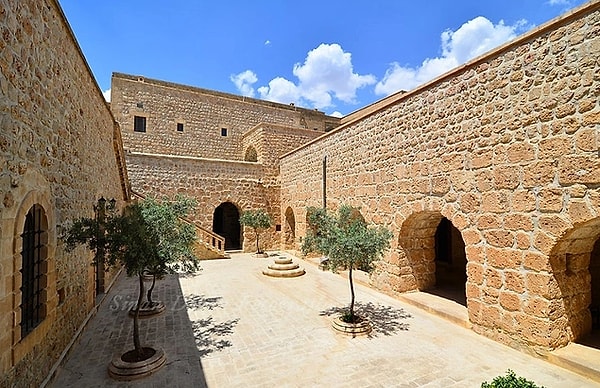
In 397, Mor Shemoun was shown the House of Prayer by an angel. Following this event, a monastery was founded in the same year by Mor Shemoun and Mor Shmuel. The Roman emperor Honorius and the Byzantine emperor Arcadius provided financial aid to the monastery. At the time, the monastery was called the Monastery of Mor Shmuel, and the story of its foundation was called the Kartmin Trinity. In 408, the Byzantine emperor Theodosius II again provided financial support to the monastery.
Mor Shmuel, the first founder of the monastery, died in 409. 24 years after his death, the second founder, Mor Shemoun, also passed away. During this time, the monastery's heyday was recorded until the 12th century. In this monastery, students from all over Mesopotamia, not only from the Turabdin region, studied religion and other subjects.
Mor Gabriel Monastery During the Middle Ages
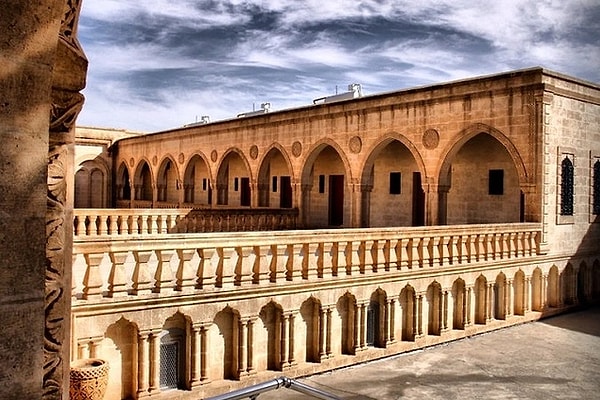
The Great Church in the monastery, also known as the House of Prayer, was completed in the 12th century with the financial support of the Byzantine Emperor Anastasius. In the same period, with the help of Empress Theodora, the Theodora dome was designed as a baptistery. The Syriac Church contains seven sacred secrets, and one of these secrets is baptism. Baptism is performed within 40 days after the birth of a baby boy or girl,l and the baptised babies are blessed with the oil of Holy Murun, one of the other secrets.
Between 518 and 527, tensions arose between the monastery and Byzantium over the decisions of the Council of Chalcedon. The Byzantine Emperor Justinian I was the ruling Byzantine Emperor at the time of this tension. Monks who did not comply with the decisions of the Council were sentenced to 20 years of exclusion from the monastery.
Who controlled the Mor Gabriel Monastery?
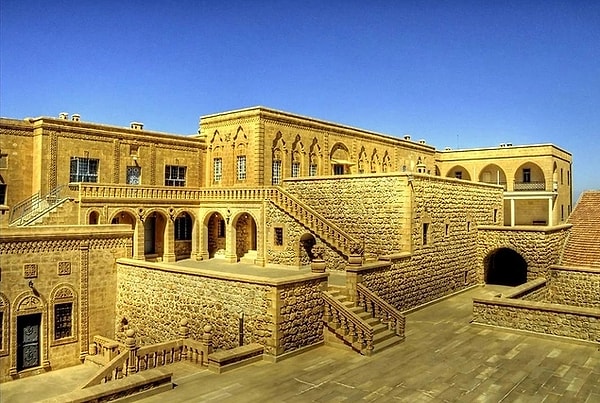
In 581, the Persians attacked the Turabdin region and sacked the monastery and the surrounding area. The monastery's largest library was also looted and severely damaged. While researching Homer's Iliad and Odyssey, the monastery's clergy realised that there were other letters under the letters. Research revealed that underneath the erased Syriac letters were the original Greek copies of Homer's Iliad and Odyssey. This copy was later rewritten in Syriac on the same pages. Unfortunately, this book is lost today.
The Romans regained control of the region in 605, but their rule lasted only 8 years. In 613, the Persians again sacked the area and took control.
In 615, Daniel Uzoyo was inaugurated as the first metropolitan of the monastery. Daniel Uzoyo was appointed metropolitan not only of the monastery but also of the Turabdin region. From 615 to 1088, the monastery served as the religious administrative centre of the Turabdin region.
In 634, St. Gabriel, or Mor Gabriel, became the metropolitan of the monastery. Known for his miracles and successful administration, after the 15th century, the monastery was renamed Mor Gabriel Monastery. When he died in 668, he was buried in the House of Saints in the monastery.
In the 640s, the region was occupied by the Muslim army.
Mor Gabriel Monastery was subjected to Seljuk attacks in 1100 and 1146. In 1169, another attack took place, and the library was looted. The invaders occupied the monastery for 2 weeks.
Witness to History: Mor Gabriel Monastery
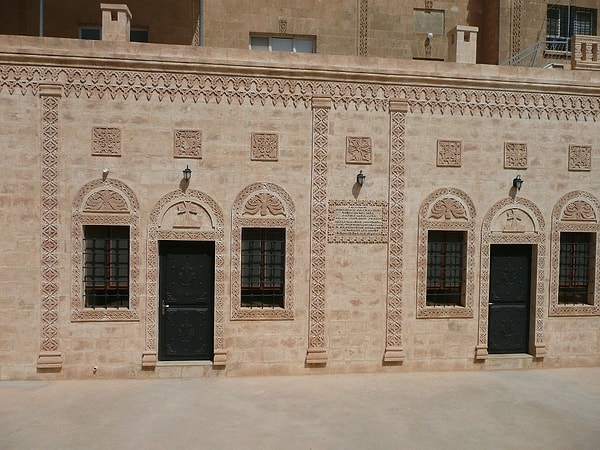
In 1296, the Mongols invaded the region again. The monastery was looted, and many of its structures were destroyed. The inhabitants and monks were forced to abandon the monastery for four months. Many valuables and sacred oils were looted from the abandoned monastery.
In 1393-1394, the monastery was again subjected to the Mongol invasion, during which Metropolitan Yuhanon Yeshua, 32 monks and 300 people were martyred.
In 1395, the Mongol leader Timurlenk again attacked the Turabdin region and the monastery. In the Priest's Cave near Mor Gabriel Monastery, Metropolitan Yuhanon Tuma, 40 priests, 4 pastors and 500 people were martyred. In 1413, the monastery was again attacked by the Mongols. Only one monk survived this attack.
In 1541, the monastery was looted of many precious items of gold, silver and silk. In 1684, Patriarch Ignatius Abdulmesih I visited the Mor Gabriel monastery and blessed Murun.
In 1714, the monastery was severely attacked. According to a prayer book by Zeytun, one of the monks of the monastery, it was attacked again in 1834 by the local population.
Important Buildings of Mor Gabriel Monastery

Mor Gabriel Monastery is one of the most important religious and cultural centres of the Syriac Orthodox Church. There are many important buildings within the monastery complex. Here are some of them:
Mor Gabriel Arches
It is about 500 meters from the monastery and is located between the monastery and the village of Kivah. It is believed to be a pagan or pagan temple from pre-Christian times.
The House of Prayer or the Great Church
It was the first church established for prayer by the founders of the monastery, Mor Shmuel and Mor Shemoun, and is located inside the monastery. The foundation of the monastery began with the laying of the foundations by Angel and Mor Shemun. These two religious people then built the House of Prayer on this foundation.
Great Church Bell Towers
Mor Gabriel Monastery has two bell towers, and these bell towers were built in 1971 and 2003. In 2013, the bell tower was replaced by another bell tower. This new tower was built for the souls of the dead.
Theodora Dome
It is one of the important structures in the monastery. The eight-cornered and domed structure formed by eight arches from the inside looks like a cube from the outside.
This dome was built in the 6th century and is one of the oldest structures in the monastery.
Mor Gabriel's Retreat Room
It is located next to and above the big church. This room has a narrow niche in the wall. It is said that Mor Gabriel was in seclusion in this niche.
Historical Buildings of Mor Gabriel Monastery
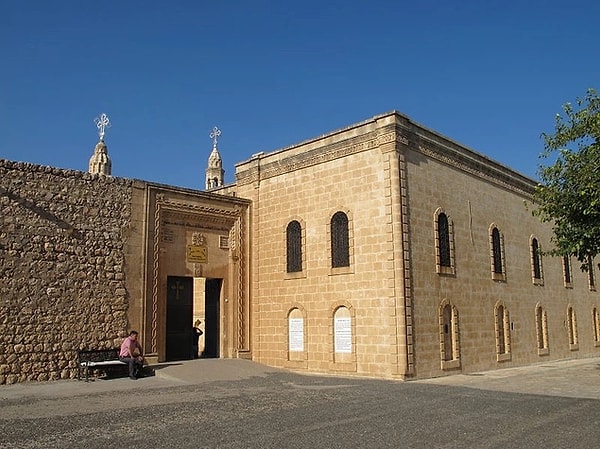
Retreat Tower
The hermitage tower is located 300 meters from the monastery. It stands 10 meters tall and measures 6 meters by 5 meters. It is believed that this structure served as a watchtower in the early days of the monastery's construction.
Church of Virgin Mary
The Church of the Virgin Mary, which can also be accessed by walking along the long Abbara in front of the dome of Theodora, features three arched and three barrel-vaulted naves. The church altar was constructed in 1991.
House of the Apostles
The House of Martyrs is situated right next to what is now known as the House of Saints. Inside the building are the tombs of Athanasios, the former Metropolitan of the monastery who passed away in 1915, and Ivennis Afrem, Metropolitan of Turabdin, who died in 1984.
Forty Martyrs Shrine
The Shrine of the Forty Martyrs, located above the House of Saints, currently serves as a library and living room for the monastery staff.
House of Martyrs
It was named the House of Martyrs because martyrs have been buried here since the early years. There are 15 niche tombs, which contain the bones of 12,000 saints.
How to get to Mor Gabriel Monastery?
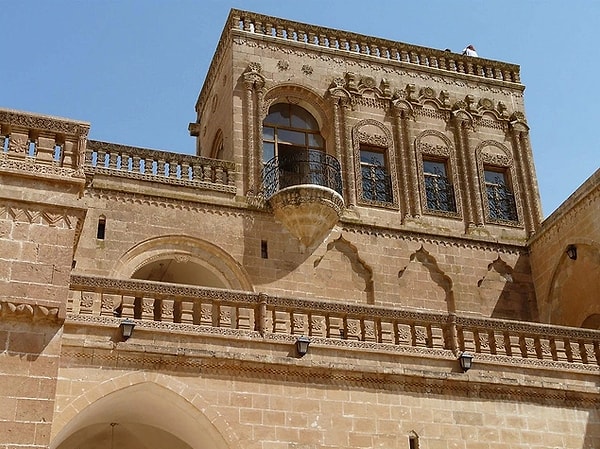
Mor Gabriel Monastery is located in Güngören village of Midyat district of Mardin. You can use Mardin Airport to reach the monastery by plane. Located in Kızıltepe district of Mardin, 25 km from the city center, Mardin Airport offers direct flights from Istanbul, Ankara and Izmir.
Mor Gabriel Monastery Transportation Information
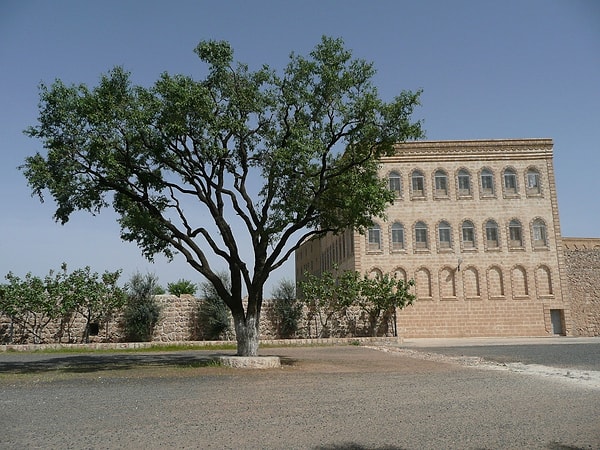
Address: Midyat-Idil Road 23rd kilometer Güngören Village, PK. 4, 47510 Midyat-Mardin
Telephone number: 0 (482) 213 75 12
Where is Mor Gabriel Monastery?
Located 23 kilometres southeast of the Midyat district of Mardin province, the Monastery was built on a high hill with oak trees planted around it.
Mor Gabriel Monastery Entrance Fee and Visiting Hours

Visiting Hours
Before noon: 08:30-11:00,
Afternoon: 13:00-16:30
Entrance Fee
The entrance fee for the Mor Gabriel Monastery, where a guide accompanies you, is 150 TL. The museum card is invalid.
Keşfet ile ziyaret ettiğin tüm kategorileri tek akışta gör!

Send Comment